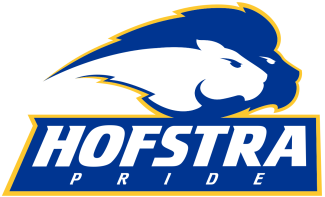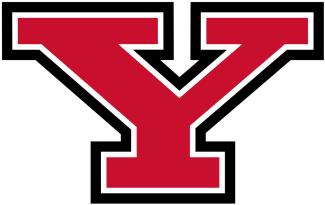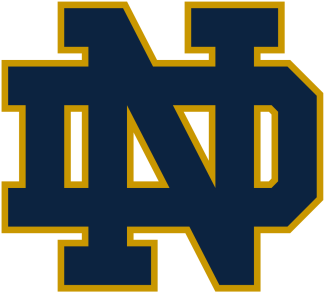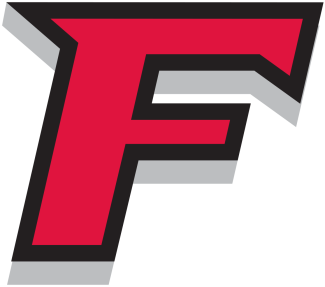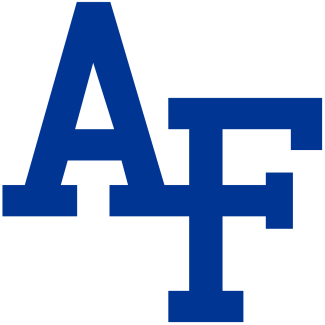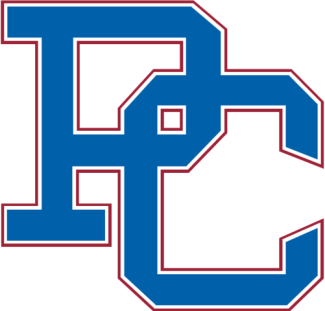BIGGEST FALL QUESTION
Can Georgetown generate more depth?
In some ways, the most jarring part of the box score from the Hoyas’ season-ending loss isn’t the poor shooting or the nine turnovers in the second half of a fairly slow-paced game.
Instead, it’s noticing that Warne used only eight reserves — three short stick defensive midfielders, two poles, a faceoff man and one offensive midfielder, plus two-way midfielder Dylan Hess — against the Blue Hens.
“You can’t win like that,” Warne said. “We played 18 guys in a playoff game. That’s not going to cut it.”
Coaches love to talk about using more players. Most find it difficult to dole out high-leverage minutes to more guys as a season unfolds, which places a greater onus on beginning a year with a larger group of regulars. The process of getting to that point begins in the fall.
MARQUEE ADDITION: TUCKER DORDEVIC
As the unofficial offseason transfer portal champions, the Hoyas have plenty of veteran newcomers to choose from, including North Carolina imports Jacob Kelly and Nicky Solomon, as well as the imposing 6-foot-5 Hincks in the cage.
But there’s no reason to get cute here. Dordevic is a sixth-year player who has been a third-team All-America selection as both a midfielder (2021) and an attackman (2022) at Syracuse.
“Tucker has all the ability in the world,” Warne said. “He played a new position last year, and then he comes here. We’re trying to figure out how to make him his best and how that can help us.”
Translation: There’s a lot of ways the Portland, Ore., product could fit in. Nonetheless, it’s tempting to think he could be a plug-and-play solution on attack. After all, he scored 47 goals last spring. Dylan Watson, who left as a graduate transfer for Jacksonville, had 58 goals for the Hoyas last season.
BREAKOUT CANDIDATE: WILL TOMINOVICH
There wasn’t much variance at the defensive end last season, and for good reason. The Hoyas allowed just 8.18 goals per game, the fewest in Division I, and had the top goalie (Owen McElroy) and defenseman (Will Bowen) and also trotted out a third-team All-America defenseman (Gibson Smith IV) and an honorable mention pick in long stick midfielder Alex Mazzone.
James Donaldson was a sturdy, reliable third defenseman, which meant Tominovich didn’t play a prominent role even as he got into all but one game and forced 10 turnovers. Smith graduated, creating a vacancy in the lineup.
“He started when Gibby was hurt in ’21,” Warne said. “He played a ton as a freshman, didn’t play a lot last year and quite honestly, he’s a guy we need to play well for us to be successful.”
While Tominovich is the logical successor to Smith and could join Bowen and Donaldson on the starting close defense. Mazzone’s move to Johns Hopkins as a grad transfer opens up a spot at pole. Junior Wallace Halpert, who caused 15 turnovers in a reserve role last season, is the early favorite to claim that job.





